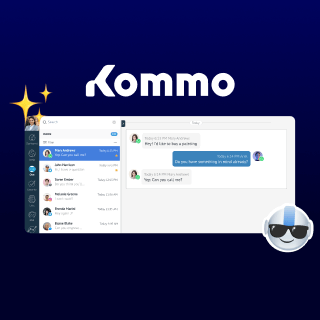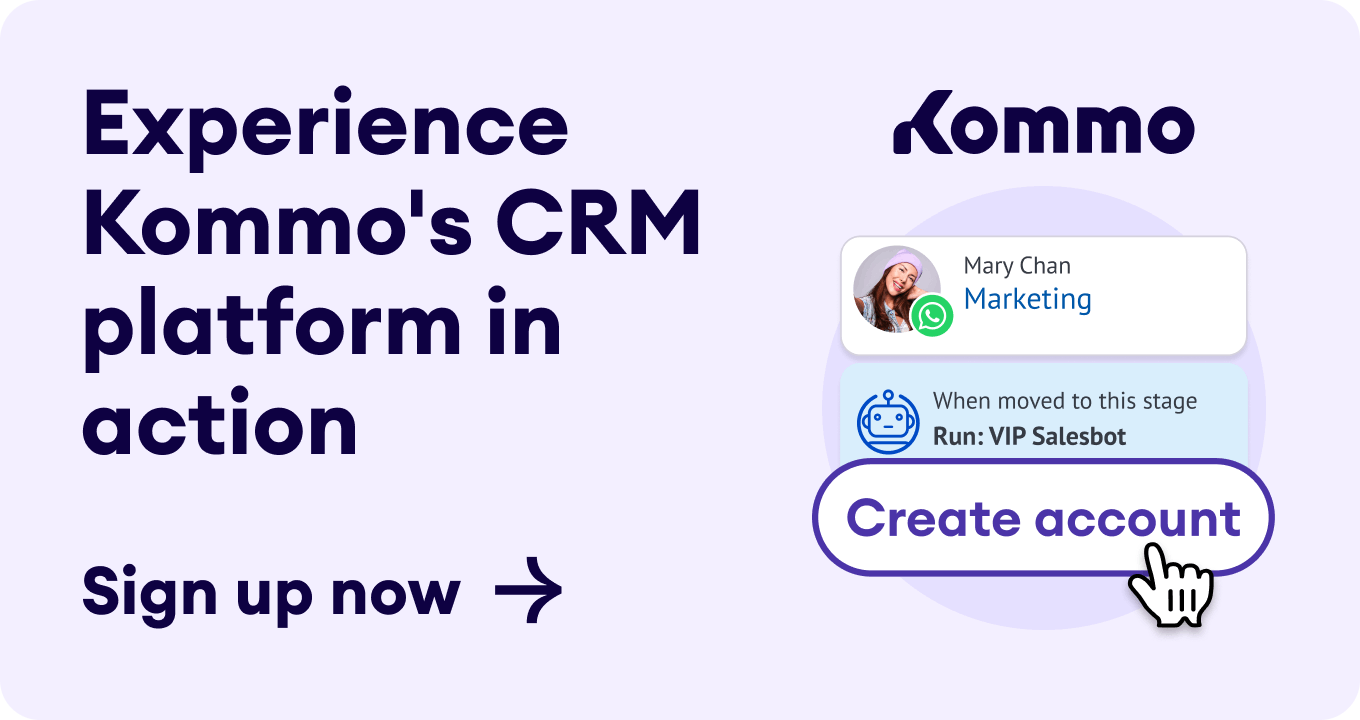We’re excited to take a closer look at lists, a feature that unites clients with products in Kommo. Before this feature was introduced, if you wanted to see and work with your products inside the system, you needed to either create custom fields or use the open api and develop a widget to do it.
Now, all you have to do is create or upload a list of your offerings, and then that list becomes available as a tab in every single lead or customer card. This makes it easy to see exactly which offerings a customer is using or a lead is interested in, using the most up-to-date product list you have.
Let’s take a look at a fictional example of a B2B company that specializes in analytics. They offer market research, business intelligence, and risk management solutions. In each category, they’ve got three price points available, plus a free trial. As you can see in the screenshot, with the list feature, their sales team can keep a master list of their services right in Kommo, and connect those services with a single click to individual clients.
How do you do it?
Just create a new list in the lists tab, and add the list to your client’s card. It’s super easy to work with lists:
- Add new items to the list by pressing the + Add Item button
- Upload lists with the import function
-
Add new custom fields to list items by clicking ··· and then List properties
- Locate items and filter lists with the search bar
- Add lists to client cards by clicking the setup tab
If you’re offering a lot of products, or your product list changes frequently, you can upload .csv, excel, or openoffice files. And don’t worry, we also made sure to bring full search functionality to your lists. That way, even with huge product catalogs, you can always find the items you’re looking for.
What else can lists do?
Lists are pretty muchs limitless - you can add as many as you like, and use them for whatever you imagine. You could segment contacts into different groups, create marketing lists, or send a mailout to all the companies in your database.
Tip: Save custom filters to create lists of segmented contacts. For example, imagine you have a problem with losing leads at the negotiation stage. Wouldn’t it be great if with the press of a button, you could see all the prospects who are that stage but haven’t been touched for more than a week? Just make a “churning negotiations” filter: Select the pipeline stage “negotiation” and choose date modified “last week”. Save it, and now you can instantly see the contact list for leads at risk of churning.
Found your own unique way to use the list feature? Share it in the comments below!
🚀 Make a personal sale with Kommo
✅ Kommo is a pioneering Messenger Based Sales CRM software that helps businesses achieve more sales and create long-lasting relationships with their customers. It is a tool that enables companies to reach better results and increase their profits.






